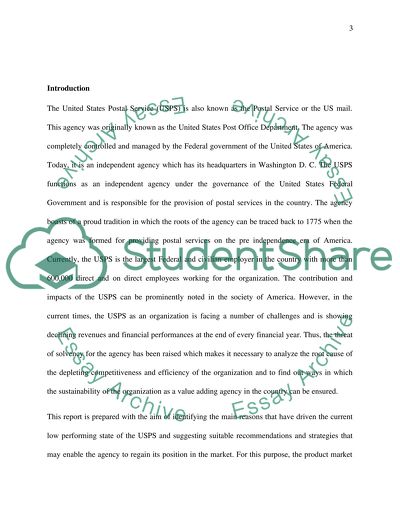Cite this document
(“Submit a report to the Directors of USPS diagnosing the state of Assignment”, n.d.)
Retrieved from https://studentshare.org/finance-accounting/1683437-submit-a-report-to-the-directors-of-usps-diagnosing-the-state-of-affairs-and-offering-some-prognosis-on-what-might-be-a-more-sustainable-business-model
Retrieved from https://studentshare.org/finance-accounting/1683437-submit-a-report-to-the-directors-of-usps-diagnosing-the-state-of-affairs-and-offering-some-prognosis-on-what-might-be-a-more-sustainable-business-model
(Submit a Report to the Directors of USPS Diagnosing the State of Assignment)
https://studentshare.org/finance-accounting/1683437-submit-a-report-to-the-directors-of-usps-diagnosing-the-state-of-affairs-and-offering-some-prognosis-on-what-might-be-a-more-sustainable-business-model.
https://studentshare.org/finance-accounting/1683437-submit-a-report-to-the-directors-of-usps-diagnosing-the-state-of-affairs-and-offering-some-prognosis-on-what-might-be-a-more-sustainable-business-model.
“Submit a Report to the Directors of USPS Diagnosing the State of Assignment”, n.d. https://studentshare.org/finance-accounting/1683437-submit-a-report-to-the-directors-of-usps-diagnosing-the-state-of-affairs-and-offering-some-prognosis-on-what-might-be-a-more-sustainable-business-model.


